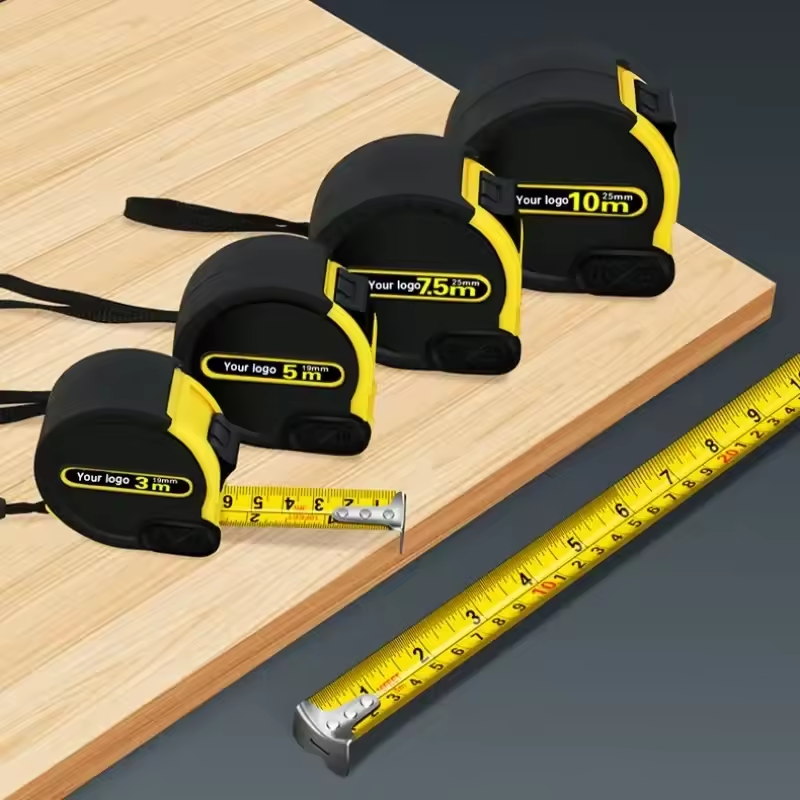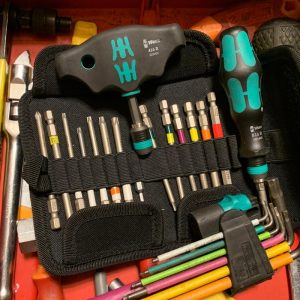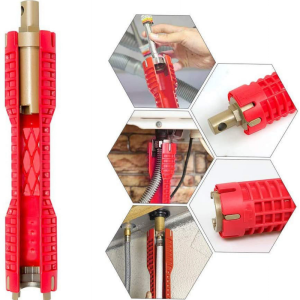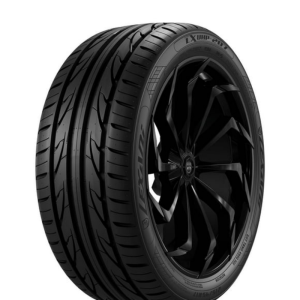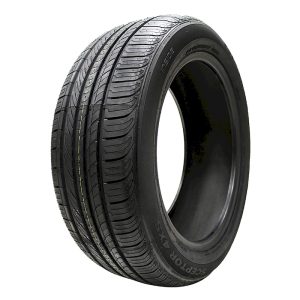
Ever wondered how long those tires that came with your brand new car will hold up? Those are OEM tires, or Original Equipment Manufacturer tires, specifically designed for your car by the automaker in collaboration with a tire company. While they may seem like just another part of your car, understanding how long OEM tires last and the factors affecting their lifespan can help you ensure safe driving and get the most out of your investment.
Understanding OEM Tires
Car manufacturers prioritize a balance of performance, fuel efficiency, and ride quality when selecting OEM tires. This often means a trade-off in terms of treadwear compared to aftermarket tires designed for maximum longevity.
Here are some key characteristics of OEM tires:

- Tailored Performance: OEM tires are designed to match the specific handling characteristics and performance capabilities of your car.
- Fuel Efficiency: Many OEM tires are engineered to minimize rolling resistance, which can contribute to improved gas mileage.
- Comfort: OEM tires often prioritize a smooth ride quality to enhance passenger comfort.
- Treadwear Rating: OEM tires typically have a treadwear rating of between 300 and 500. This rating provides a general estimate of how many miles the tire should last under normal driving conditions, but it’s important to remember it’s not a guaranteed lifespan.
Factors Affecting OEM Tire Life
Several factors can influence how long your tires will last. Here are the key ones to consider:
- Driving Habits: Aggressive driving habits like frequent hard acceleration, quick braking, and cornering can significantly reduce tire life.
- Road Conditions: Rough roads with potholes and debris can accelerate tread wear.
- Climate: Extreme hot or cold weather can impact tire performance and lifespan.
- Maintenance: Proper tire maintenance, including regular inflation checks, rotations, and alignments, is crucial for maximizing tread life.
- Load: Consistently exceeding the vehicle’s weight capacity can put extra strain on the tires and shorten their lifespan.
How to Know When It’s Time to Replace Your OEM Tires
There are several ways to determine if your OEM tires need replacing:

- Tread Depth: The most important indicator is the tread depth. All tires have built-in tread wear indicators, which are small raised bars across the grooves of the tread. Once the tread wears down to the level of these indicators, it’s time for new tires. In the United States, the legal minimum tread depth is 2/32 inches, but for safety reasons, it’s recommended to replace your tires when the tread reaches 4/32 inches.
- Visible Signs of Wear: Uneven tread wear, cracks on the sidewalls, or bulges in the tread are all signs of potential tire damage and necessitate replacement.
- Vibration: If you feel a vibration in the steering wheel or throughout the car while driving, it could be a sign of tire imbalance or damage, requiring professional inspection.
Benefits of Replacing Your OEM Tires
While OEM tires provide a good balance of performance and other factors, there are advantages to considering alternative tire options when replacing them:
- Performance: Aftermarket tires are available in a wider variety of performance categories, allowing you to prioritize handling, grip, durability, or other specific needs.
- Seasonality: If you live in an area with harsh winters, you can invest in winter tires designed for better traction in snow and ice. Conversely, all-season tires might be sufficient for mild climates.
- Noise Reduction: Some aftermarket tires are specifically designed to minimize road noise for a quieter ride.
Choosing Replacement Tires: Beyond the OEM Option
The decision of whether to stick with tires or explore aftermarket options depends on your driving needs and priorities. Here are some factors to consider:

- Driving Style: If you’re a performance-oriented driver, you might prioritize tires designed for better handling and grip.
- Climate: Consider weather conditions in your area and invest in seasonal tires if necessary.
- Budget: OEM tires can be a good value proposition, but some high-performance aftermarket options might be more expensive.
Getting the Most Out of Your Tires
Regardless of whether you choose OEM or aftermarket tires, proper maintenance is essential for maximizing their lifespan. Here are some key practices:
- Regular Inspections: Visually inspect your tires at least once a month for any signs of damage or uneven wear.
- Tire Rotations: Rotate your tires every 5,000 to 7,000 miles to ensure even tread wear.
- Proper Inflation: Maintain the recommended tire pressure as specified in your car’s owner’s manual.
Where to Find OEM Replacement Tires
While some dealerships may offer OEM tire replacements, you have several options to consider:

- Tire Dealers: Specialty tire stores often carry a wide selection of OEM tires from various manufacturers. They can also advise you on alternative options based on your needs.
- Online Retailers: Several online retailers offer tires at competitive prices. However, proper installation by a qualified professional is crucial, so factor in mounting and balancing costs.
- Car Dealership: Though potentially more expensive, dealerships can provide a one-stop shop for OEM tire replacement, including installation and balancing.
Cost Considerations: OEM vs. Aftermarket Tires
The cost of replacing your tires depends on several factors, including:
- Tire Size: Larger tires are generally more expensive.
- Tire Brand: Even within the OEM category, different brands can have varying price points.
- Performance Rating: High-performance aftermarket tires typically cost more than standard all-season tires.
- Location: Prices can vary depending on your geographic location.
While OEM tires might seem like the most convenient option, it’s always worth comparing prices with reputable tire dealers and online retailers. You might find significant savings on identical tires, especially when considering installation and balancing costs.
Safety Should Always Be the Priority
Regardless of whether you choose OEM or aftermarket tires, prioritizing safety is paramount. Here are some additional tips:

- Never buy used tires: The history and condition of used tires are unknown, posing a significant safety risk.
- Invest in a quality tire pressure gauge: Maintaining proper inflation is crucial for safety and optimal tire performance.
- Be aware of tire expiry dates: Tires degrade over time, even if they haven’t reached their treadwear limit. Most tires have a lifespan of around six years, regardless of mileage.
Invest in Your Safety and Performance
Your tires are the only point of contact between your car and the road, playing a vital role in safe driving. By understanding how long OEM tires last, the factors affecting their lifespan, and the benefits of considering aftermarket options, you can make informed decisions to ensure optimal performance and safety on the road.
